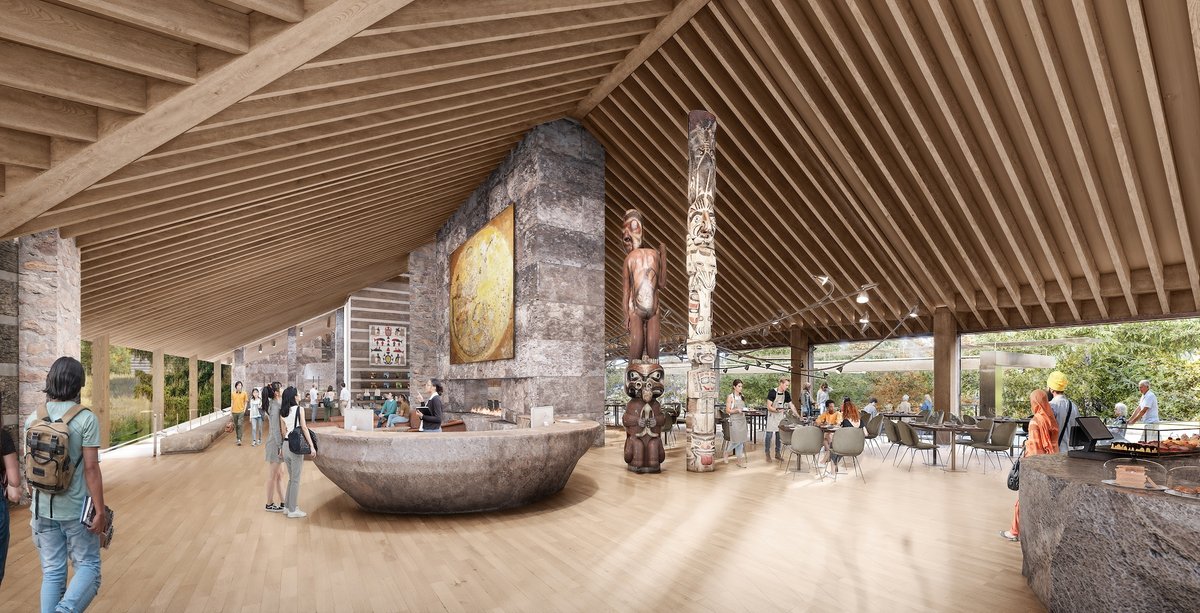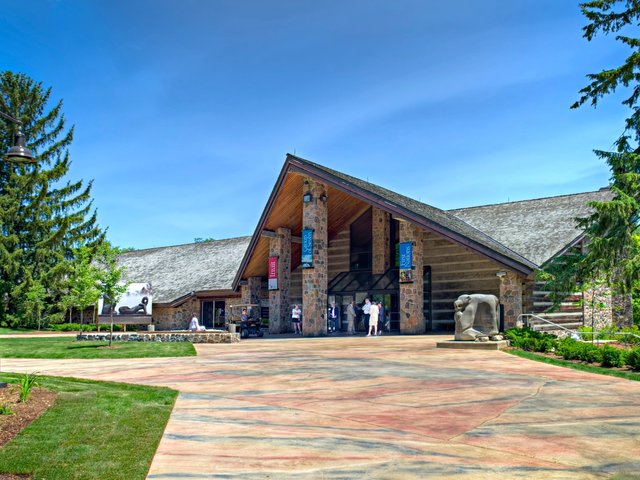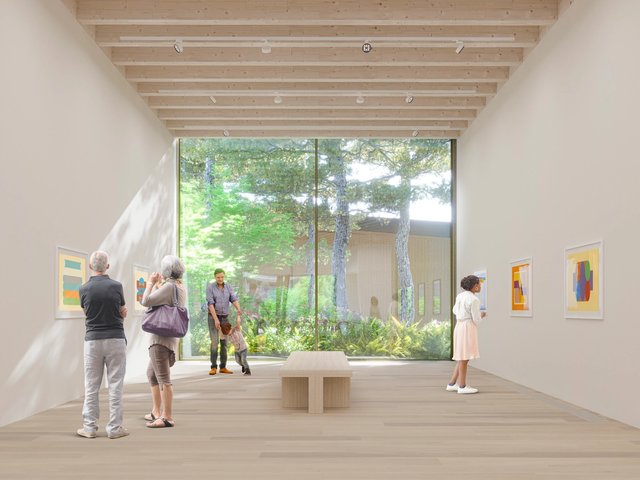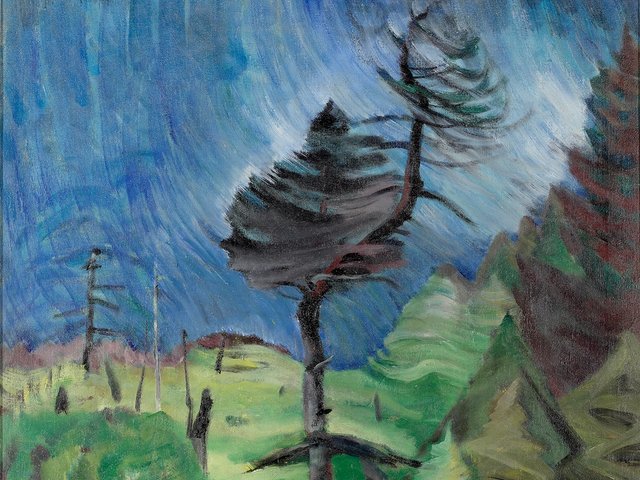The McMichael Canadian Art Collection, home to one of the world’s foremost collections of Canadian and Indigenous art, revealed today plans for a “transformative redevelopment” of its campus in Kleinburg, Ontario, led by the Toronto-based architectural firm Hariri Pontarini Architects (HPA). The revitalisation marks the first major investment in the McMichael, the only museum in Canada dedicated exclusively to Canadian art, in more than 40 years.
While it has been an open secret in the Canadian art world that HPA would lead the redevelopment of the nationally celebrated institution—home to the world’s most important collection of works by the Group of Seven—museum leadership opted to formally announce its plan on the opening night of the Art Toronto fair, where they hosted a fundraiser.
The province of Ontario announced up to C$50m ($35.7m) in funding for the project in April, contingent on matching support from the federal government and private donors, following on the heels of a C$25m ($17.9m) investment from the federal government through the Green and Inclusive Community Buildings in March. The McMichael’s communications director Grace Johnstone tells The Art Newspaper that “there has been no further public funding since April” and that the museum is still seeking additional funding for the project.
Spread over 100 acres in rural Kleinburg, the McMichael’s property comprises the museum’s 85,000-sq.-ft main building—which features a permanent collection of more than 6,500 works by Canadian artists—as well as walking trails, a sculpture garden and even a cemetery for six members of the Group of Seven.
In 1965, the Group of Seven collectors Robert and Signe McMichael formally donated their art and their Kleinburg property to the government of Ontario to establish an art museum, which opened to the public as the McMichael Conservation Collection of Art in 1966. Formally incorporated into the McMichael Canadian Art Collection in 1972, the museum’s mandate has grown from a focus on the Group of Seven to embrace contemporary and Indigenous Canadian art, including a significant archive of works on paper by Kinngait-based Inuit artists.

Conceptual rendering of the McMichael Canadian Art Collection's exterior Courtesy of Hariri Pontarini Architects
In a statement, a spokesperson for the museum said of the museum nestled in the Humber River Valley that “the building’s modernist timber-and-stone architecture, with its low rooflines and integration into the landscape, has come to embody a deep sense of place and connection for many Canadians”. The new design by HPA “will honour this legacy while expanding and modernising the facility to meet the needs of diverse 21st-century audiences”, the spokesperson added.
The renovated and expanded McMichael will include more spaces dedicated to exhibitions, education, conservation and public programming. New facilities will include classrooms and studios, as well as purpose-built spaces for events, concerts, lectures and conferences, including a new indoor theatre. Everything will be built to the Canada Green Building Council’s Zero Carbon Building standards.
Renderings released by the architects—whose Gibson Art Museum opened last month at Simon Fraser University outside of Vancouver—indicate a slightly altered roof line and re-imagined outdoor plaza that still honour the original building. The current designs are only conceptual, so there is no exact information about the square footage of new facilities and structures.
“We have fallen in love with the vision set before us by the McMichael, as home to the art of Canada,” says Siamak Hariri, HPA’s founding partner. “The big, sturdy roof automatically says ‘home’, but it also says longhouse or cabin in the woods. From the approach, the roof hugs the ground making it welcoming, intimate, warm and inviting. But as you enter, the experience explodes, engaging the extraordinary setting in a number of surprising moments with a rare and uniquely Canadian combination of nature and art.”
Linking the architectural and curatorial vision for the revitalized McMichael, the museum’s executive director and chief curator Sarah Milroy tells The Art Newspaper that, in addition to championing Indigenous art through an “ambitious acquisitions programme and in our exhibitions” in the new space, the institution will “continue to expand the representation of the many diasporic cultures that make up Canada today—all while honouring the legacy of the Group of Seven and their contemporaries. Our new gallery spaces should allow us to show more art, embrace new media and foreground a new scale of artwork in our museum, as befits the moment, allowing us to present a more confident and powerful expression of Canadian art and culture in our distinctive woodland setting.”





